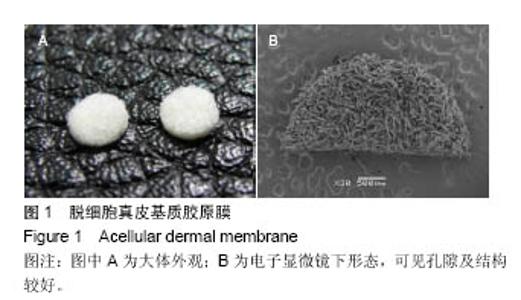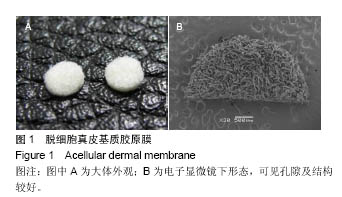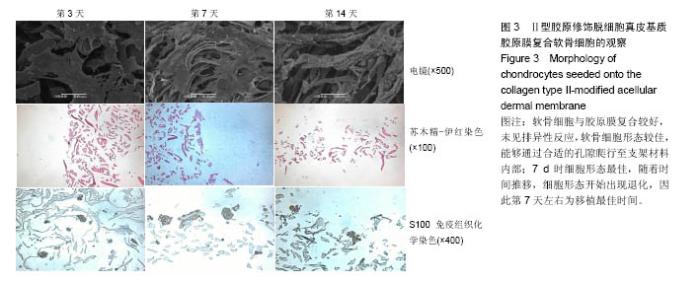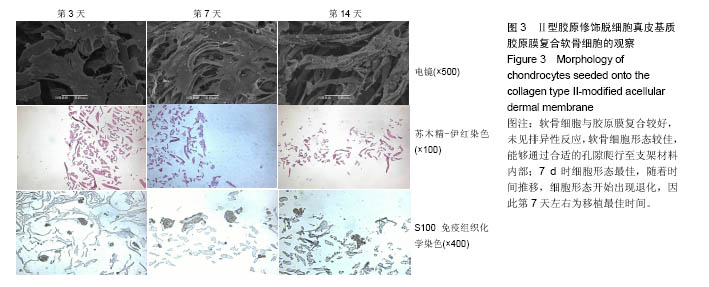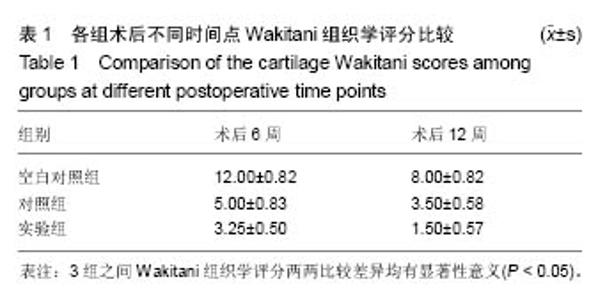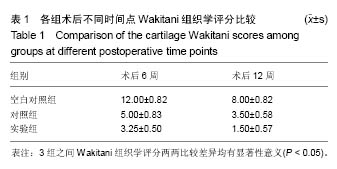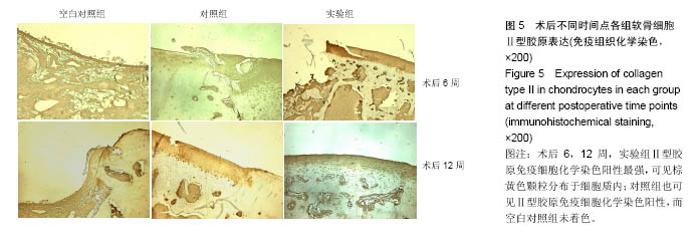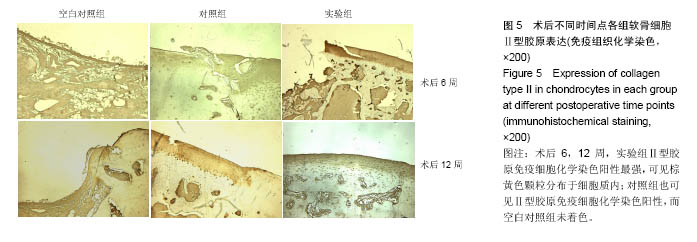| [1]Cunniffe GM,Vinardell T,Murphy JM,et al. Porous decellularized tissue engineered hypertrophic cartilage as a scaffold for large bone defect healing.Acta Biomater. 2015; 9(23):82-90.[2]Arora A,Kothari A,Katti DS.Pore orientation mediated control of mechanical behavior of scaffolds and its application in cartilage-mimetic scaffold design.J Mech Behav Biomed Mater.2015;11(51):169-183.[3]Foldager CB,Toh WS,Christensen BB,et al.Collagen Type IV and Laminin Expressions during Cartilage Repair and in Late Clinically Failed Repair Tissues from Human Subjects. Cartilage. 2016;7(1):52-61.[4]Wang J,Yang Q,Cheng N,et al.Collagen/silk fibroin composite scaffold incorporated with PLGA microsphere for cartilage repair.Mater Sci Eng C Mater Biol Appl. 2016;1(61):705-711.[5]Annamalai RT,Mertz DR,Daley EL,et al.Collagen Type II enhances chondrogenic differentiation in agarose-based modular microtissues.Cytotherapy. 2016;18(2):263-277.[6]Buckwalter JA, Mankin HJ, Grodzinsky AJ.Articular cartilage and osteoarthritis.Instr Course Lect.2005;54:465-480.[7]Fisher MB,Belkin NS,Milby AH,et al.Effects of Mesenchymal Stem Cell and Growth Factor Delivery on Cartilage Repair in a Mini-Pig Model.Cartilage.2016;7(2):174-184.[8]Madry H,Orth P,Cucchiarini M,et al.Role of the Subchondral Bone in Articular Cartilage Degeneration and Repair.J Am Acad Orthop Surg.2016;24(4):45-46.[9]Cunniffe GM,Vinardell T,Murphy JM,et al.Porous decellularized tissue engineered hypertrophic cartilage as a scaffold for large bone defect healing.Acta Biomater.2015; 23:82-90.[10]Liao J, Shi K,Ding Q,et al. Recent developments in scaffold-guided cartilage tissue regeneration.J Biomed Nanotechnol.2014;10(10):3085-3104.[11]Lv YM,Yu QS.Repair of articular osteochondral defects of the knee joint using a composite lamellar scaffold.Bone Joint Res.2015;4(4):56-64.[12]He P,Fu J,Wang DA.Murine pluripotent stem cells derived scaffold-free cartilage grafts from a micro-cavitary hydrogel platform.Acta Biomater.2016;15(35):87-97.[13]Müller WE,Neufurth M,Wang S,et al.Morphogenetically active scaffold for osteochondral repair (polyphosphate/alginate/ N,O-carboxymethyl chitosan).Eur Cell Mater.2016;22(31): 174-190.[14]Lee SU,Lee JY,Joo SY,et al.Transplantation of a Scaffold-Free Cartilage Tissue Analogue for the Treatment of Physeal Cartilage Injury of the Proximal Tibia in Rabbits. Yonsei Med J.2016;57(2):441-448.[15]Maepa M,Razwinani M,Motaung S.Effects of resveratrol on collagen type II protein in the superficial and middle zone chondrocytes of porcine articular cartilage.J Ethnopharmacol. 2016;3(178):25-33.[16]Kjaer M,Jørgensen NR,Heinemeier K,et al.Exercise and Regulation of Bone and Collagen Tissue Biology.Prog Mol Biol Transl Sci.2015;135:259-291.[17]Okano T, Koike T, Tada M,et al.Hyperleptinemia suppresses aggravation of arthritis of collagen-antibody-induced arthritis in mice.J Orthop Sci.2015;20(6):1106-1113.[18]杨瑞涛,宋会平.组织工程技术修复关节软骨:如何构建新型复合模式?[J].中国组织工程研究,2015,19(29):4736-4741.[19]Muhonen V,Salonius E,Haaparanta AM,et al.Articular cartilage repair with recombinant human type II collagen/polylactide scaffold in a preliminary porcine study.J Orthop Res.2015;11(17):1-13.[20]Wang J,He C,Cheng N,et al.Bone Marrow Stem Cells Response to Collagen/Single-Wall Carbon Nanotubes-COOHs Nanocomposite Films with Transforming Growth Factor Beta 1.J Nanosci Nanotechnol.2015;15(7): 4844-50.[21]Bhardwaj N,Devi D,Mandal BB.Tissue-engineered cartilage: the crossroads of biomaterials, cells and stimulating factors.Macromol Biosci.2015;15(2):153-182.[22]Sanghvi D,Munshi M,Pardiwala D.Imaging of cartilage repair procedures.Indian J Radiol Imaging.2014;24(3):249-253.[23]Krejci NC,Cuono CB,Langdon RC,et al.In vitro reconstitution of skin: fibroblasts facilitate kerationcyte groth and differentiation on acelluar reticular dermis.J Invest Dermatol. 1991;97:84.[24]Sviri GE,Blumenfeld II,Livne E.Differential metabolic responses to local administration of TGF-beta and IGF-I in temporomandibular joint cartilage of aged mice. Arch Gerontol Geriatr.2000;31(2):159-176.[25]Ulrich-Vinther M,Maloney MD.Articular cartilage biology.J Am Acad Orthop Surg, 2003;11(6):421-430. |
